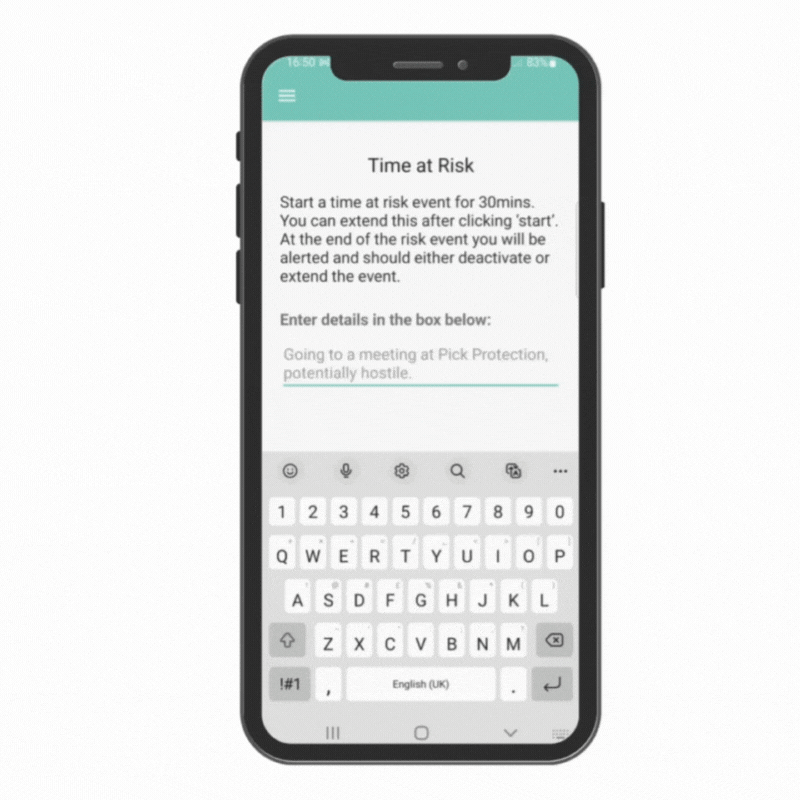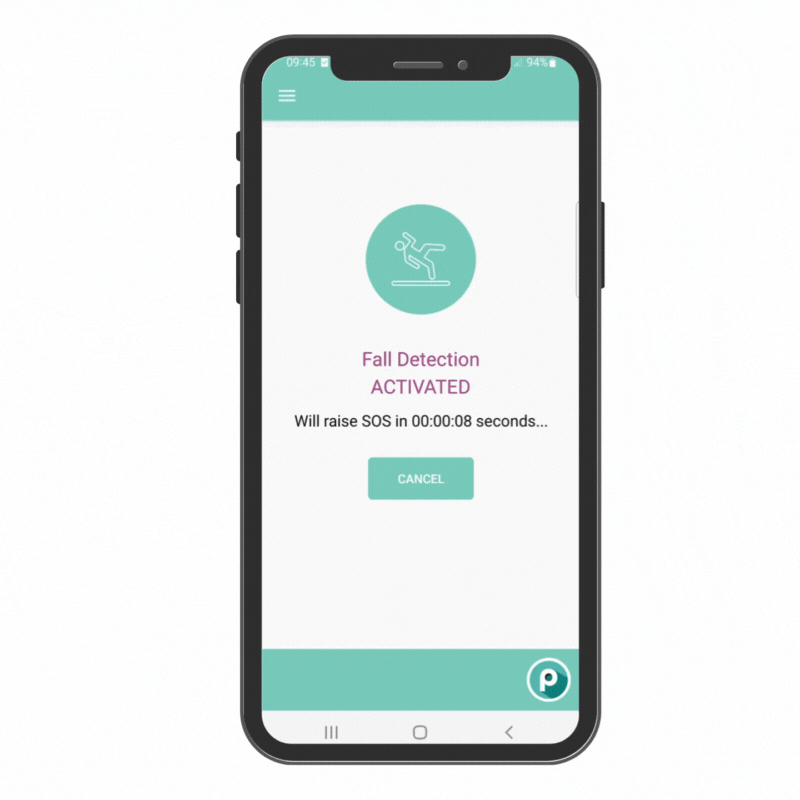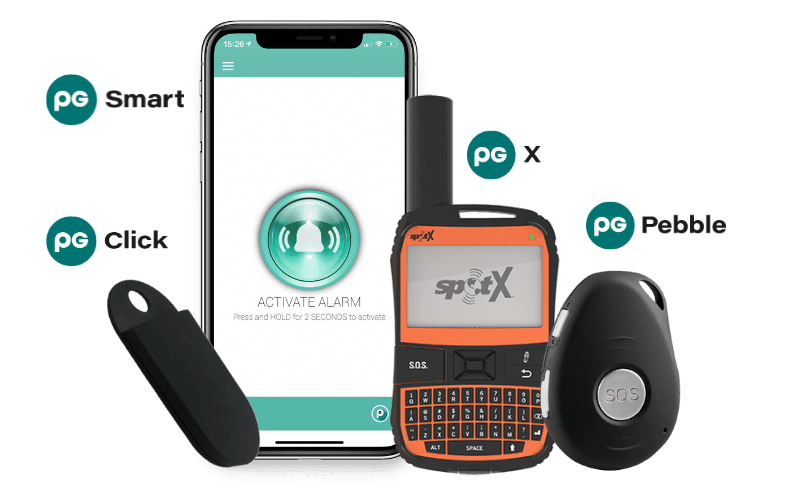Pick Protection’s lone working glossary – key terms and what they mean
What is a lone worker as defined by the HSE? What is meant by an escalation process? And why is a BS8484 accreditation important? We answer all these questions and many more as we offer up definitions of many key terms you might hear when exploring how to protect your lone workers.
Lone worker
A lone worker is defined by the HSE as someone who works away from others in isolation “without direct or close supervision”. Does that sound like anyone at your workplace? They don’t have to be working on their own all the time, but they might be away from others on a big site, spend a lot of time alone behind the wheel, or even stop late in the office frequently. Find out more about lone working here.
“Lone workers are those who work by themselves without close or direct supervision, for example:
- as delivery drivers, health workers or engineers
- as security staff or cleaners
- in warehouses or petrol stations
- at home”
Buddy system
The buddy system was first introduced by the US Army as a way for soldiers to support and check in on one another. Today, it’s still used by organisations as a way to keep each other safe and might involve one person checking in that their “buddy” has come back from an appointment. This is especially useful for lone working if there is no one there to help if something goes wrong.
Escalation Process
An escalation process describes what happens when an SOS alarm is triggered. Operators at our partner Alarm Receiving Centres (ARC), will have specific instructions from an organisation as to how to handle an SOS, such as notifying on-site security, or the worker’s manager. This will be in addition to notifying emergency services if the operators, who are highly trained to identify genuine emergencies, believe this is necessary.
Alarm Receiving Centre (ARC)
An Alarm Receiving Centre is often abbreviated to an ARC and is staffed by trained operators ready to take SOS and other alerts from registered users. Pick Protection works with two partner ARCs, both of which are BS8484 NSI Gold Standard accredited (more on that later).
Lone worker monitoring
Lone worker monitoring might be done in any number of ways, whether you require your employees to check in at regular intervals, or you have a tracker on their vehicle.
At Pick Protection, our “fully monitored” solution describes a service whereby alerts are managed and escalated by our partner ARCs. A “self-monitored” option means that you can use your own security or CCTV centre. Users are not constantly tracked by our devices, but managers can hit “locate now” on the management portal to see someone’s location if they’re concerned.
Lone worker risk assessment
A lone worker risk assessment is a standalone document created to understand and protect against risks specifically around those working in isolation. If you have employees working on their own a lot of the time, you might create a separate document for them. Alternatively, you might choose to factor lone working into a broader risk assessment. We touch on this in more detail in our blog, “How to add lone working to your risk assessment”.
Lone worker policy
A lone worker policy is an outline document to help you manage your lone workers. It should explain who manages lone workers and reports on incidents, as well as provide guidance on risk assessments. We have a lone worker policy template ready to go.
Featuring
- Definition of Lone Working Roles and Responsibilities
- Risk Assessment Procedure
- Dynamic Risk Assessment
- Monitoring and Review
- Procedures and Processes
- Maintaining Contact
- Use of Technology-based Systems
- Staff Training
- Incident Reporting Review
+ more
Dynamic risk assessment
A dynamic risk assessment is better suited to someone working in a high-risk environment or role. We’ve included it in our lone working glossary as this falls under a potential high-risk category. For this type of risk assessment, the worker would regularly feedback on emerging risks, and the document would be reviewed and amended where necessary.
Control Measures
Control measures feature on a risk assessment and describe the actions taken to ensure that employees are protected against identified risks. For example, you have someone who works alone in a shop, and there have been occasions where they have faced aggressive behaviour from customers. A control measure might include ensuring they’re not working on their own, or giving them a device or alarm to raise an SOS if they’re feeling threatened.
Safety check-in
A safety check-in is when an employee contacts their manager or another person responsible to let them know that they’re safe. This might be someone who has gone into a client’s home alone and is required to check in when they have left.
At Pick Protection, our Time at Risk feature goes one step further. The user sets a time, say, 30 minutes, for example, before heading into their appointment. If they don’t end the Time at Risk after 30 minutes, an SOS is activated. They can extend this with the tap of a button if the appointment is over-running, and tap again to end the Time at Risk. So no need for a phone call or text.


Man down/ Fall detection
Man down describes a common safety feature on a lone working device, which raises an SOS if it identifies that someone has fallen over. This is because injuries caused by a fall, even from a low height, account for a vast portion of incidents reported by the HSE every year. We have fall detection on all of our devices, which is our “man down” feature. It’s simple to change the sensitivity levels, and the algorithm detects a fall by identifying a change in orientation, impact, and period of non-movement.
BS8484
BS8484 is a British Standard that establishes the criteria for delivering services related to lone worker devices. It places particular emphasis on the devices themselves and the alarm receiving and monitoring centres connected to them. The main objective of this standard is to guarantee a uniform and efficient response to emergencies by outlining strict guidelines for service providers in the field of lone worker safety.
To be BS8484 accredited, the service provider undergoes a thorough evaluation of their systems, processes, and infrastructure to confirm they meet the British Standard. By conforming to BS8484, service providers showcase their dedication to providing dependable and effective protection services for lone workers. Both of our partner ARCs at Pick Protection are BS8484 accredited, and you can learn more about the standard here.
NSI Gold Standard
The NSI Gold Standard refers to a certification scheme provided by the National Security Inspectorate (NSI) in the United Kingdom. It represents the highest level of accreditation for security and fire safety companies, indicating that they have met rigorous standards in terms of quality management systems, technical expertise, and customer service. Along with BS8484, our partner ARCs are also NSI Gold Standard accredited.
Lone worker device
To raise an SOS alarm, lone workers supported by a lone working system will have a device. We have a range of devices to suit different scenarios, including the PG Smart app, the PG Click, and the PG Pebble. The PG Smart works alongside the PG Click, which is a small, discrete button that is double-clicked to raise the alarm in the PG Smart app. It’s a popular choice as it means that users can activate an SOS quickly and easily, using their smartphone which most people carry around with them day to day.
Risk profile
A risk profile is used to build a picture of the type of hazards your employee might face at work. You might have a few of these in your workplace, for example, “housing officer” or “driver”. Each would likely face different risks, and you might consider having a separate risk assessment for your risk profiles to put the relevant control measures in place.
Duress word
A duress word is a verbal signal that you need help, without raising suspicion. If you have workers who are at a greater risk of confrontation, they would choose a duress word that they can say to an operator to let them know they feel in danger. It should be easy to remember, and not so obscure that it’s difficult to get into a sentence. “Help” is not a good duress word, as it can aggravate an already tense situation if someone is facing aggression. Our lone worker system lets users choose their duress word, which is then saved on their record, meaning operators know what to listen out for if an alert is raised.
Need more information?
Hopefully, you now have a better understanding of some important phrases around lone working. If you’d like to know more, our team are always happy to help.


